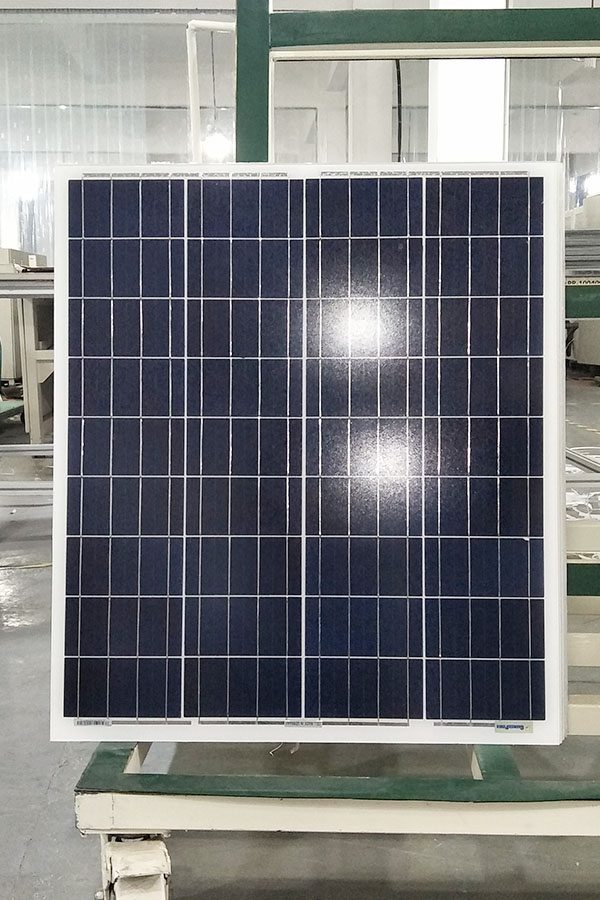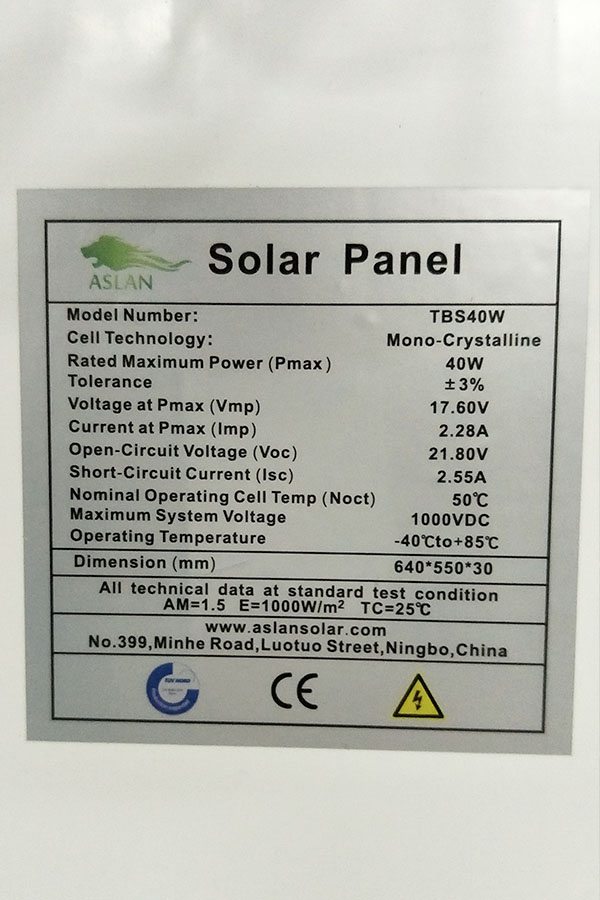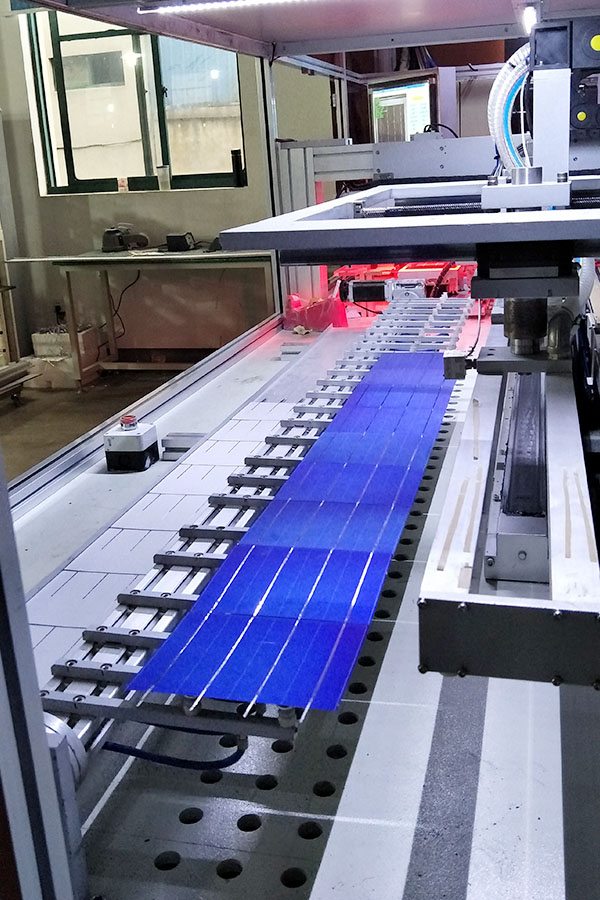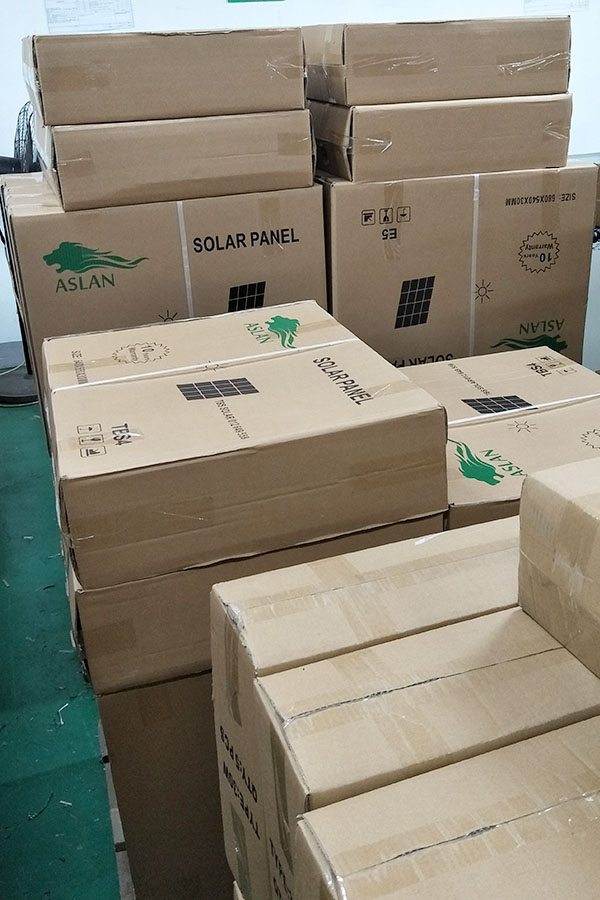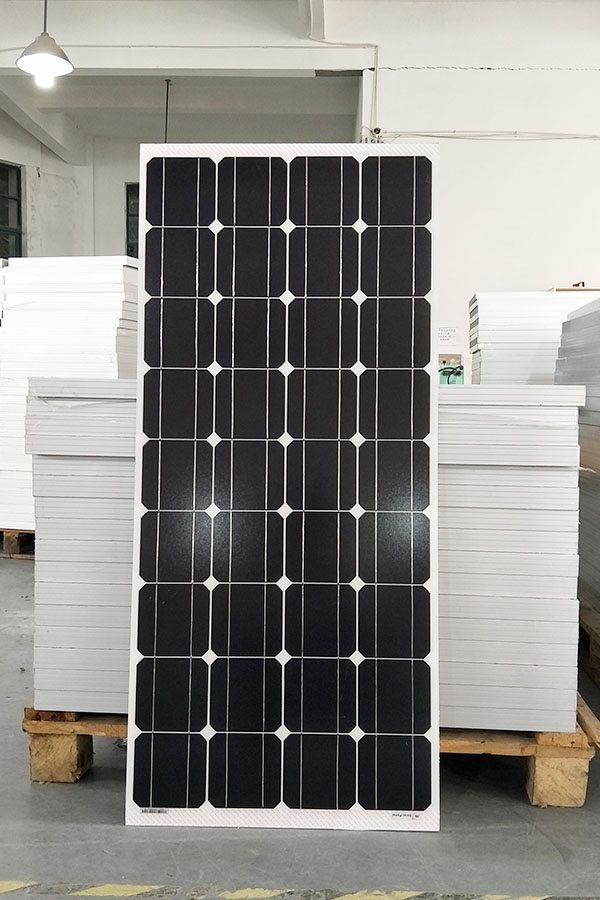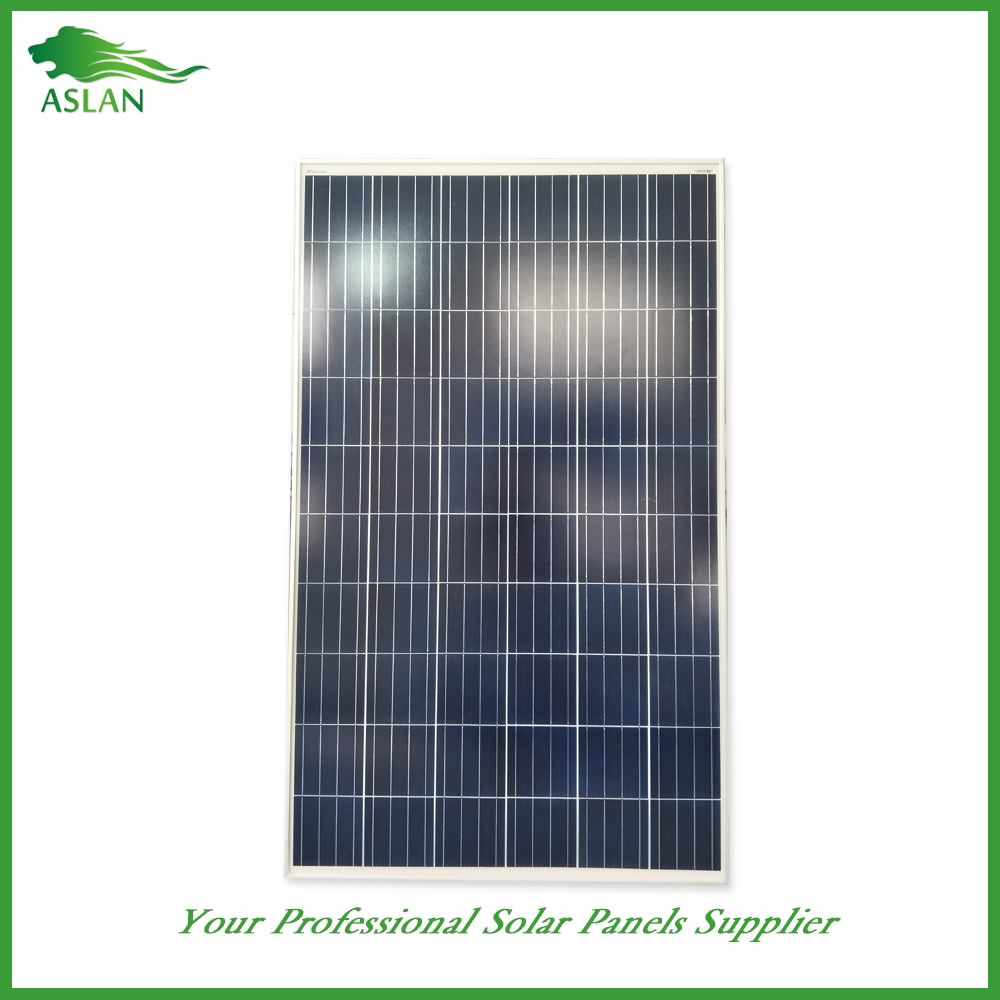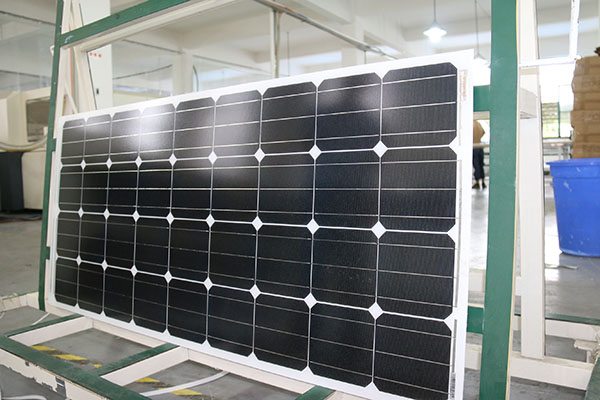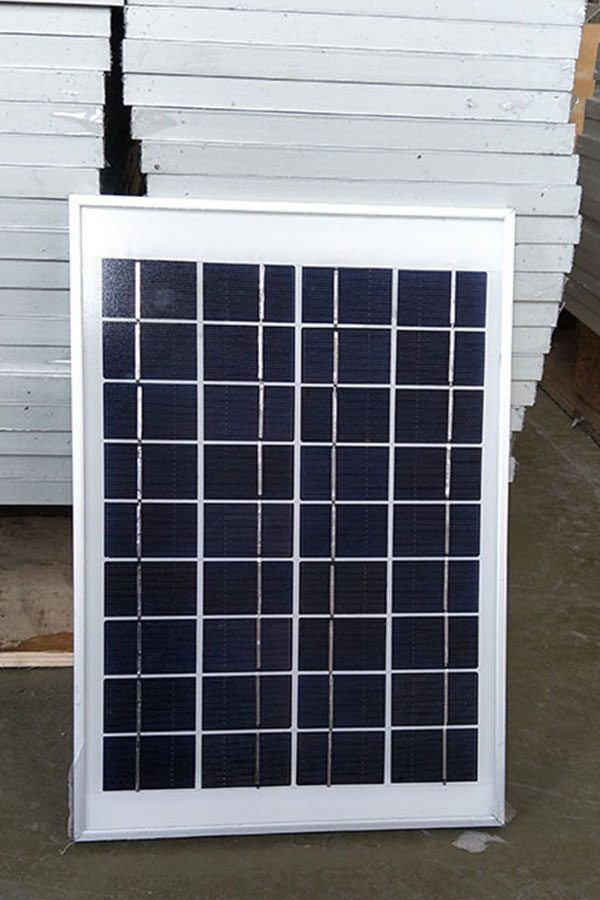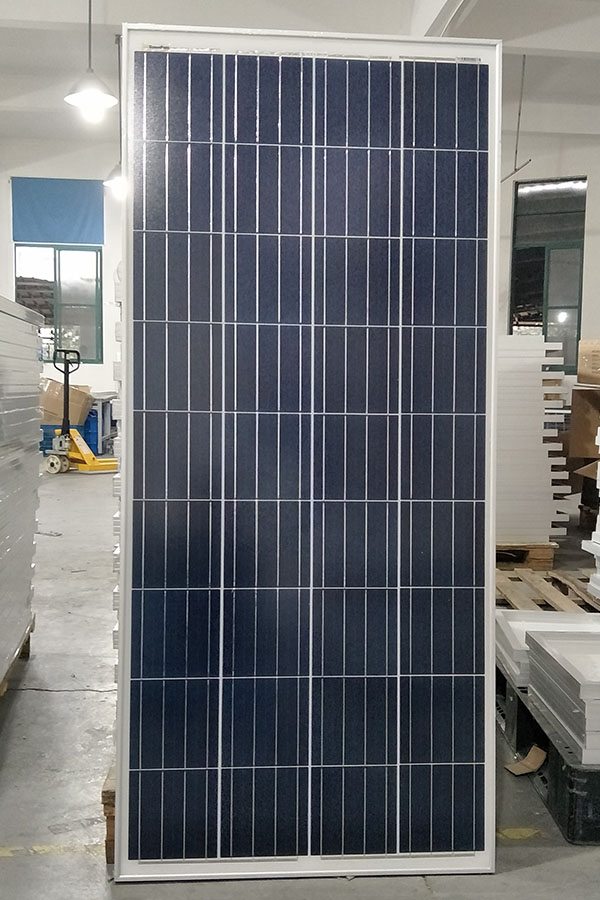China Cheap price Poly-crystalline Solar Panel 60W in Los Angeles
Short Description:
Our products are widely recognized and trusted by users and can meet continuously changing economic and social needs of China Cheap price Poly-crystalline Solar Panel 60W in Los Angeles, "Quality first, Price lowest, Service best" is the spirit of our company. We sincerely welcome you to visit our company and negotiate mutual business!
Poly-crystalline Solar Panel 60W
Technical parameter
Maximum Power(W) 60W
Optimum Power Voltage(Vmp) 17.35V
Optimum Operating Current(Imp) 3.46A
Open Circuit Voltage(Voc) 21.16V
Short Circuit Current(Isc) 3.80A
Mechanical Characteristics
Cell Type Poly-crystalline 156 x 65mm
No of Cell 36 (4x9pcs)
Dimensions 678x657x35mm
Weight 5.0Kg
Front Glass 3.5mm,High Transmission, Low Iron,Tempered Glass
Junction box IP65 Rated
Output Cable TUV 1×4.0mm2/UL12AWG,Length:900mm
Temperature and Coefficients
Operating Temperature(°C): -40°C ~ + 85°C
Maximum System Voltage: 600V(UL)/1000V(IEC) DC
Maximum Rated Current Series: 15A
Temperature Coefficients of Pmax: -0.47%
Temperature Coefficients of Voc: -0.389%
Temperature Coefficients of Isc: 0.057%
Nominal Operationg Cell Temperature (NOCT): 47+/-2°C
Materials of solar panel
1).Solar Cell——Poly-crystalline solar cell 156*65mm
2).Front Glass——-3.2mm, high transmission, low iron, tempered glass
3).EVA——-excellent anti-aging EVA
4).TPT——-TPT hot seal made of flame resistance
5).Frame——anodized aluminum profile
6).Junction Box——-IP65 rated, high quality, with diode protection
Superiority: high quality anodized aluminum frame, high efficiency long life, easy installation, strong wind resistance, strong hail resistance.
Features
1. High cell efficiency with quality silicon materials for long term output stability
2. Strictly quality control ensure the stability and reliability, totally 23 QC procedures
3. High transmittance low iron tempered glass with enhanced stiffness and impact resistance
4. Both Poly-crystalline and Mono-crystalline
5. Excellent performance in harsh weather
6. Outstanding electrical performance under high temperature and low irradiance
Quality assurance testing
Thermal cycling test
Thermal shock test
Thermal/Freezing and high humidity cycling test
Electrical isolation test
Hail impact test
Mechanical, wind and twist loading test
Salt mist test
Light and water-exposure test
Moist carbon dioxide/sulphur dioxide
How can PickMySolar.com’s online marketplace help you save money, time, and hassle? As your personal consultant and advocate, we’ll compare a dozen bids from our network of vetted installers and make sure you end up with the best contractor, for the lowest price! Head over to our bid generator to calculate your solar savings: http://pickmysolar.com
Pick My Solar was founded on the idea that clarity and transparency are important in the solar industry. It is our mission to simplify the process of going solar, drive down costs, and provide the consumer advocacy necessary for solar to achieve broad market success.
Follow us!
Twitter: https://twitter.com/pickmysolar
Facebook: https://facebook.com/PickMySolar
Instagram: https://instagram.com/pickmysolar
Google+: https://plus.google.com/+Pickmysolar
http://www.undergroundworldnews.com
Printable solar panels are going to be available to us very soon and could power “entire skyscrapers,” Australian researchers say. The very near future will see personal electronic charging transformed, but the potential is growing quickly.
A team of 50 scientists in various fields worked for years to develop paper-thin, printable solar panels as part of the Victorian Organic Solar Cell Consortium. They hope to see commercial market production for use in low-power applications in the very near future.
The key benefit of such technology is in transforming the way personal electronics are charged. “iPad covers, laptop bags, skins of iPhone [will no longer be] just for casing electronics, but to collect some energy as well and power those electronics,” Fiona Scholes, a senior research scientist at Australia’s national science agency CSIRO, told ABC News.
What’s more, the energy source can be transported to the world’s remote and developing regions in a cheap and easy way.
According to the consortium’s website, the difference between existing solar panels and the technology it is developing is that “organic cells offer the potential to allow printing directly onto materials such as roofing and windows, and therefore open intriguing building integrated design opportunities.”
The consortium is comprised of members of CSIRO, Melbourne and Monash universities.
They’ve now managed to reduce the solar panels to the size of a coin. They achieved results by using ordinary 3D printers adapted to work with solar ink. “It’s very cheap. The way in which it looks and works is quite different to conventional silicon rooftop solar,” Scholes went on.
“It can be made to be semitransparent – we can use it for a tinted window scenario.” The team is now in the process of developing a spray-painted coating.
The big implication for the future is that once they’ve got the process streamlined of adapting plastic for solar panel use streamlined, powering entire skyscrapers would be no big deal.
“We print them onto plastic in more or less the same way we print our plastic banknotes,” Scholes also said. “Connecting our solar panels is as simple as connecting a battery.”
http://rt.com/news/186716-solar-panels-3d-printable/
